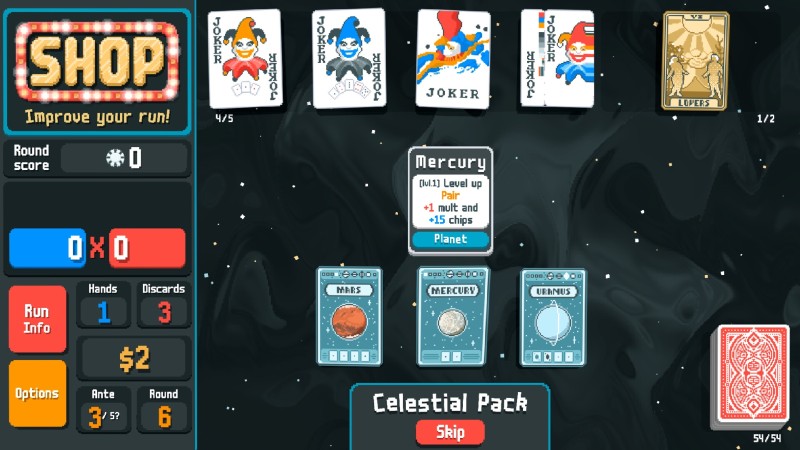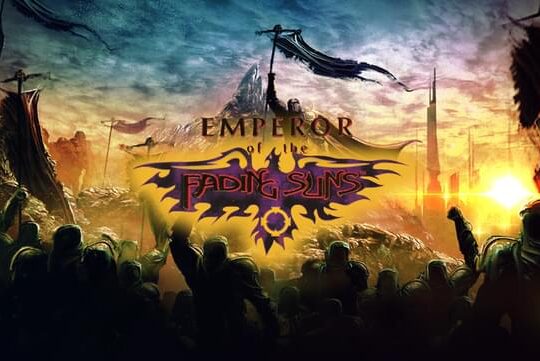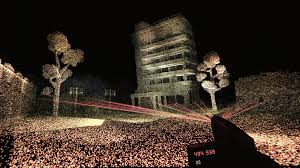A platform game, also known as a platformer, is a genre of video games and a subgenre of action games in which the core gameplay revolves around navigating a character or avatar across a series of platforms and obstacles. These games are characterized by their emphasis on jumping, climbing, and running through different levels, each designed with varying elevations and gaps that the player must traverse to progress.
In platform games, players often encounter a mix of physical puzzles, enemies, and sometimes environmental hazards that require precise timing, quick reflexes, and strategic movement to overcome. The objective can range from reaching the end of a level, collecting items, solving puzzles, to defeating bosses. The genre’s simple yet challenging gameplay mechanics make it accessible to a broad audience, offering a range of difficulties from casual to intensely challenging experiences.
Originating in the early 1980s, platformers were among the first video games to gain widespread popularity, with titles like “Donkey Kong” and “Super Mario Bros.” setting the foundation for the genre. These games introduced many of the core elements that define platformers, such as side-scrolling levels, timed jumps, and the use of in-game physics to create dynamic challenges.
Over the years, the platform game genre has evolved and expanded, incorporating elements from other genres, leading to sub-genres like puzzle-platformers and action-platformers. Despite these evolutions, the heart of platform gaming remains the exhilarating sense of agility and the satisfaction of mastering a character’s movements to navigate complex, imaginative worlds.












